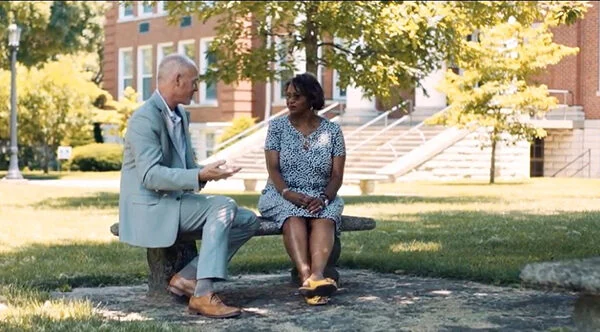[vc_row][vc_column][vc_column_text]Long-term care costs can add up quickly. That’s why we focus on helping our clients plan for these costs. For veterans and the surviving spouses of veterans who need in-home care or are in a nursing home, we can help.
Only about 1/3 of eligible Veterans take advantage of this benefit!
The Veterans Administration (VA) has an underused pension benefit called Aid and Attendance that provides money to those who need assistance performing everyday tasks. Even veterans, whose income is above the legal limit for a VA pension, may qualify for the Aid and Attendance benefit if they have large medical expenses for which they do not receive reimbursement.
Aid and Attendance is a pension benefit, which means it is available to veterans who served at least 90 days on active duty, with at least one day during wartime. The veteran does not have to have service-related disabilities to qualify. Veterans or surviving spouses are eligible if they require the aid of another person to perform an everyday action, such as bathing, feeding, dressing, or going to the bathroom. This includes individuals who are bedridden, blind, or residing in a nursing home.
To qualify, the veteran or spouse must have less than $80,000 in assets, excluding the home and vehicle. In addition, the veteran’s income must be less than the Maximum Annual Pension Rate (MAPR).
Following are the MAPRs (Maximum Annual Pension Rates) for 2017:
– Single veteran $21,531
– Veteran with one dependent $25,525
– Single surviving spouse $13,836
– Surviving spouse with one dependent $16,506
Certain types of income are excluded, as are un-reimbursed medical expenses. In-home caregivers that provide some medical or nursing services, over-the-counter medications that are taken at the doctor’s recommendation, nursing home costs, assisted living facility fees, and medical insurance premiums, may be deducted from income in order to qualify.
Asset Perservation may also be used to help retain other financial assets in order to ensure that your spouse or other loved one has the means to care for their future needs as well.
How it works. The amount a person receives depends on his or her income. The VA pays the difference between the veteran’s income and the Maximum Annual Pension Rate (MAPR).
An Example: Jack, a single veteran, has income from Social Security of $16,500 per year and a pension of $12,000 per year, so his total income is $28,500 per year. He pays $20,000 per year for home health care, $1,122 per year for Medicare, and $1,788 per year for supplemental insurance, so his total medical expenses are $22,910 per year. Subtracting his medical expenses from his income ($28,500 – $22,910), Jack’s countable income is $5,590. Jack could qualify for $15,941 per year ($21,531 – $5,590) in Aid and Attendance benefits.
Many options exist for you or your loved one when it comes to long-term care. Let us guide you through the process and discover the help that is available. To find out more, visit is at Elder Law Guidance, or click here.
To apply, contact a VA office near you. For the VA’s Guide to Long-Term Care, click here. For more information on veterans benefits, contact us.
To schedule a consultation for help in planning for long-term benefits and making the high-cost of long-term care, call us today.
[/vc_column_text][/vc_column][/vc_row]


